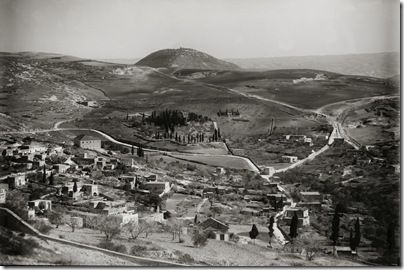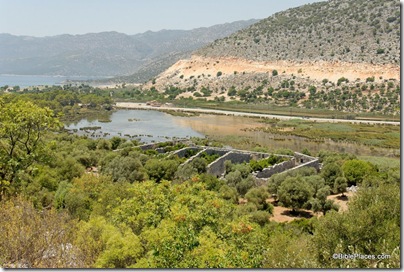I’ve recently learned about a new website devoted solely to the city of Jerusalem. If you are planning a trip to the city, this site has a number of pages that may help you to get the most of your time. For instance:
Best Jerusalem Old City sites – this “top 10” list has 12 recommendations and I would basically agree with the selections. The hours and prices are helpful as well, as long as they remain up to date.
Some extra links reflect the extra time spent developing the website, such as the tips about appropriate attire for Hezekiah’s Tunnel and information about the Jerusalem mp3 tour.
The Museum Guide gives eight recommendations, including full pages about three of them. The Israel Museum page gives a good summary of the major highlights, though it will be worth mentioning here that the Archaeology Wing is closed until 2010 (Middle East Time).
I’m not sure how many times I’ve had to explain how to get from Ben Gurion airport to Jerusalem, but this page gives all the details you need to know except the price for a shared taxi (about $11 or NIS equivalent).
There are some points I would disagree with – such as women in pants being required to wear skirts at the Western Wall prayer area (I’ve never seen that) – but overall the advice seems sensible and accurate.
Some sections are still under development, such as “Where to Eat,” but overall visitors will find much to help them plan their trip in the city.



